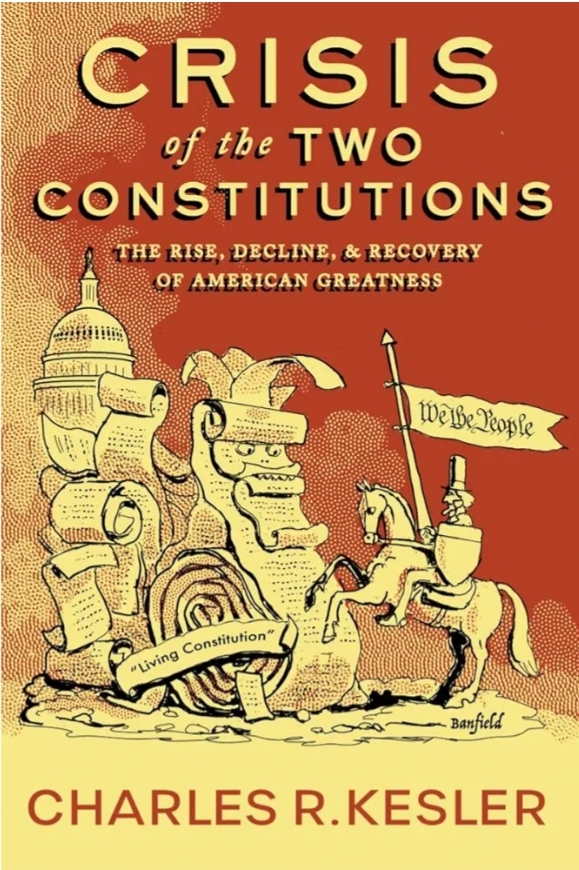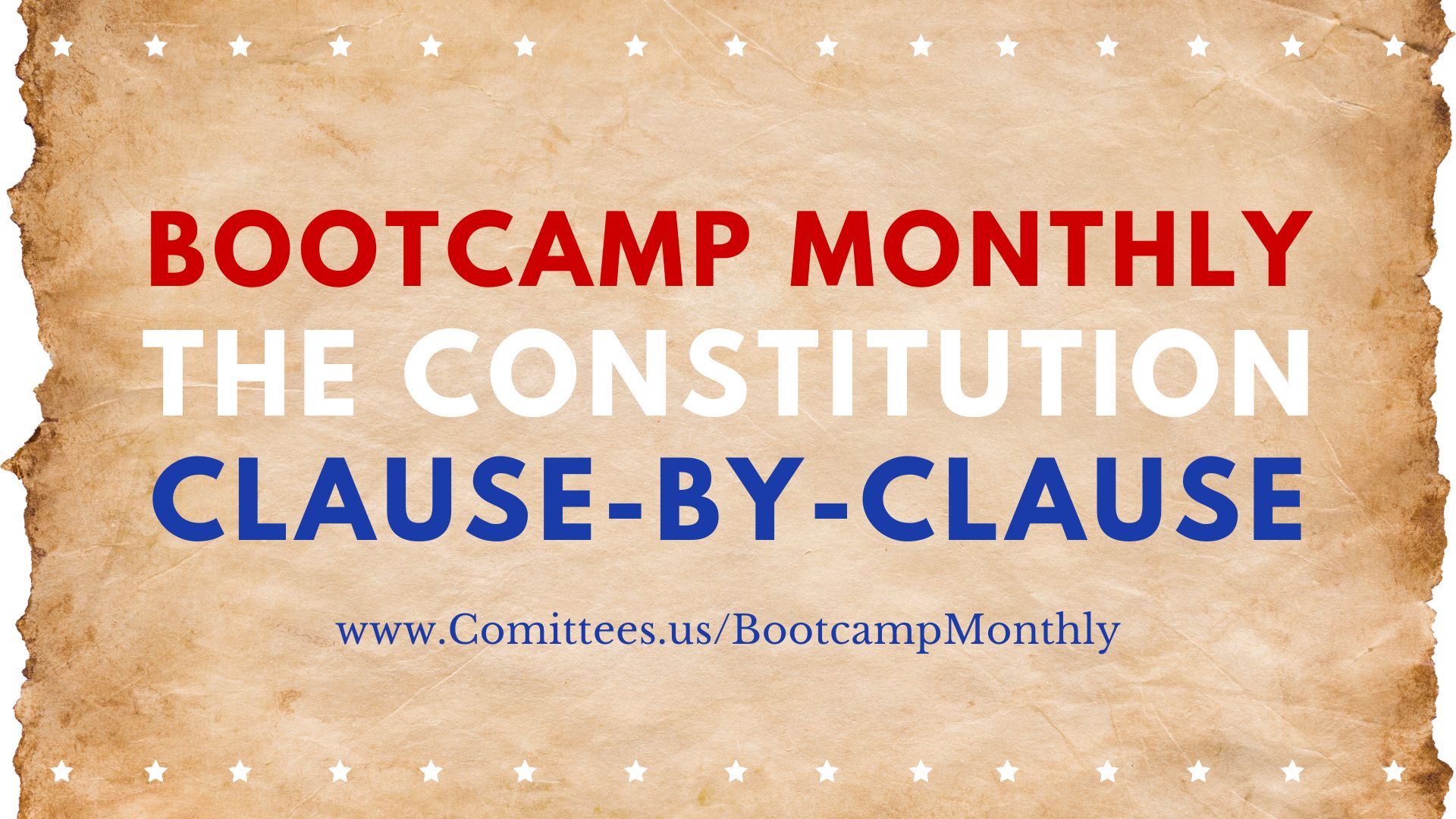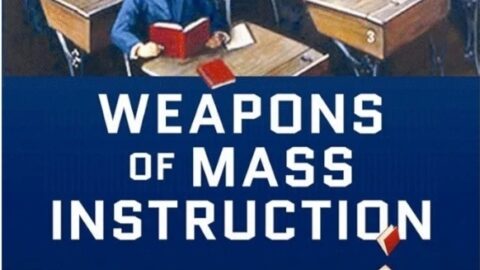Charles R. Kesler’s Crisis of the Two Constitutions: The Rise, Decline, and Recovery of American Greatness examines the evolving understanding of the U.S. Constitution and the ideological divide in American political life. Kesler, a prominent political theorist and editor of the Claremont Review of Books, argues that there are now two competing visions of the Constitution: the original Founders’ Constitution, rooted in natural rights and limited government, and the Progressive Constitution, which advocates for an evolving, more activist government.
Main Themes of the Book:
The Two Constitutions: Kesler introduces the idea of two competing versions of the U.S. Constitution. The first is the original Founders’ Constitution, which he argues is based on principles of natural law, individual rights, and limited government. This Constitution views the government as a protector of pre-existing natural rights and is rooted in the ideas of the American Revolution and the Declaration of Independence.The second is the Progressive Constitution, which Kesler claims began to take shape in the late 19th and early 20th centuries during the Progressive Era. This vision sees the Constitution as a living document that should evolve to meet the needs of a changing society, and it favors a more expansive role for government in promoting equality and addressing social and economic challenges.
The Rise of Progressivism: Kesler traces the rise of Progressivism, starting with intellectuals and political leaders like Woodrow Wilson, who rejected the Founders’ vision of limited government. Progressives argued that modern, industrial society required a more flexible and powerful government to regulate the economy and promote social welfare. This led to an emphasis on positive rights, like economic security, rather than just the protection of negative rights (freedom from government interference).
The Decline of the Founders’ Constitution: Over the 20th century, Kesler argues, the Progressive vision came to dominate American politics, especially through the New Deal under Franklin D. Roosevelt and the Great Society under Lyndon B. Johnson. These programs expanded the scope of federal power, creating a more centralized welfare state. Kesler contends that this shift led to the erosion of the Founders’ Constitution, with the courts and political leaders reinterpreting the Constitution to justify expanded government intervention in various areas of life.
Crisis of American Identity: The book highlights the crisis of American identity that arises from the tension between these two visions. Kesler argues that this divide is not just a matter of policy disagreements but reflects fundamentally different views on what America is and what it should be. The Founders’ vision emphasized liberty and limited government, while the Progressive vision places a greater emphasis on equality and active government intervention to promote social justice.
The Possibility of Recovery: Despite the dominance of the Progressive Constitution, Kesler believes that the original principles of the Founders can be recovered. He sees the election of Ronald Reagan and the rise of conservative political movements as examples of attempts to restore the Founders’ Constitution. However, he warns that this recovery is not guaranteed and requires a renewed commitment to the principles of limited government, federalism, and natural rights.
The Role of the Courts: Kesler critiques the judiciary, particularly the Supreme Court, for playing a key role in the rise of the Progressive Constitution. He argues that the Court has frequently reinterpreted the Constitution to allow for greater government intervention in areas like economic regulation and civil rights. Kesler advocates for a return to a more originalist interpretation of the Constitution, where judges are bound by the text and original meaning of the document.
American Greatness: The concept of American greatness is central to Kesler’s argument. He contends that America’s greatness stems from its commitment to the principles of the Founding, particularly the belief in limited government and individual liberty. He argues that the decline of these principles has weakened the country and led to political and social crises. The recovery of American greatness, according to Kesler, depends on reclaiming the Founders’ Constitution.
Contemporary Relevance: Kesler connects these historical developments to contemporary political debates, suggesting that the ideological battles between conservatives and progressives today are a continuation of this long-standing constitutional conflict. He views debates over issues like federalism, the administrative state, and judicial activism as part of the broader struggle between the two Constitutions.
Historical and Political Significance:
Kesler’s work is an important contribution to conservative political thought, particularly for those concerned with originalism and the role of the federal government. His argument that there are two competing Constitutions reflects the deep ideological divide in American politics, particularly between those who favor limited government and those who believe in a more activist, evolving government role. His critique of Progressivism is rooted in a defense of the Founders’ vision of America, which he believes has been eroded by modern developments.
Conclusion:
Charles R. Kesler’s Crisis of the Two Constitutions provides a detailed analysis of the ideological conflict at the heart of American political life. Through a comparison of the Founders’ Constitution and the Progressive Constitution, Kesler offers a critique of modern American governance and a call to return to the principles of limited government, individual liberty, and natural rights. The book serves as a key text for understanding the ongoing debates about the nature of American government and the future of the nation’s constitutional order.





